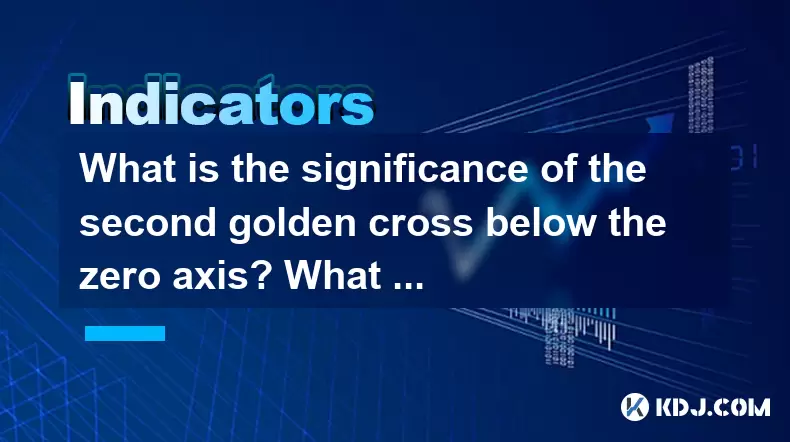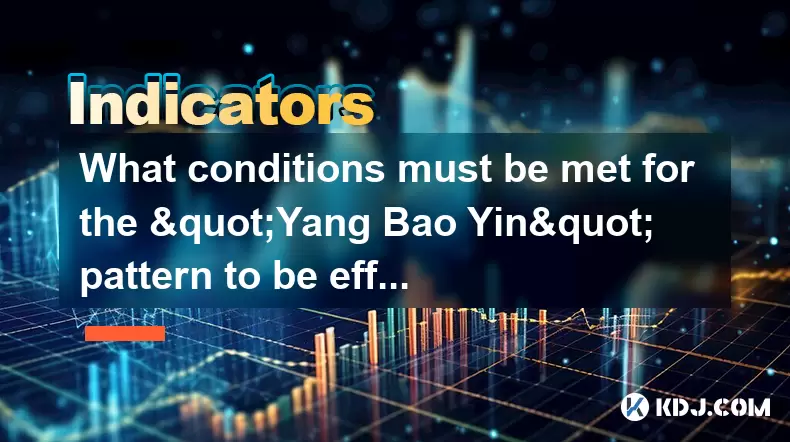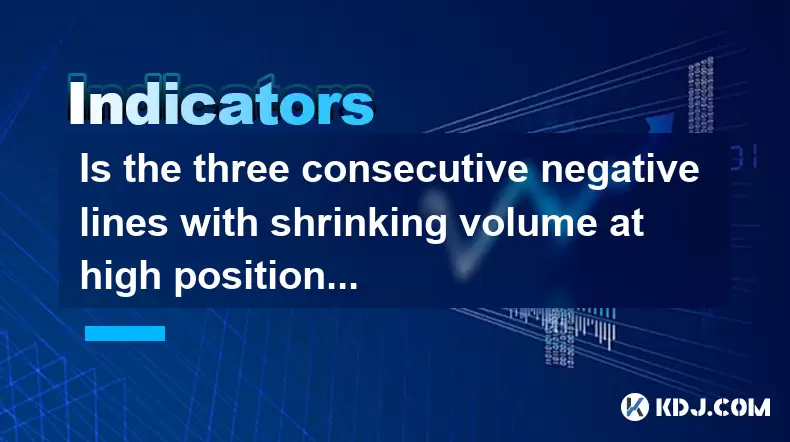-
 Bitcoin
Bitcoin $105,606.4998
2.12% -
 Ethereum
Ethereum $2,561.4949
2.56% -
 Tether USDt
Tether USDt $1.0005
0.02% -
 XRP
XRP $2.1391
1.37% -
 BNB
BNB $653.4842
1.53% -
 Solana
Solana $147.2910
2.31% -
 USDC
USDC $0.9998
0.00% -
 Dogecoin
Dogecoin $0.1784
3.78% -
 TRON
TRON $0.2701
0.73% -
 Cardano
Cardano $0.6377
1.74% -
 Hyperliquid
Hyperliquid $42.0282
10.58% -
 Sui
Sui $3.0423
2.91% -
 Bitcoin Cash
Bitcoin Cash $444.4445
9.93% -
 Chainlink
Chainlink $13.3183
2.77% -
 UNUS SED LEO
UNUS SED LEO $9.0217
0.56% -
 Avalanche
Avalanche $19.2345
1.38% -
 Stellar
Stellar $0.2589
1.12% -
 Toncoin
Toncoin $3.0082
2.59% -
 Shiba Inu
Shiba Inu $0.0...01207
4.35% -
 Hedera
Hedera $0.1577
3.59% -
 Litecoin
Litecoin $85.8538
4.24% -
 Polkadot
Polkadot $3.8194
2.66% -
 Ethena USDe
Ethena USDe $1.0004
-0.01% -
 Monero
Monero $307.9327
1.29% -
 Dai
Dai $0.9999
0.02% -
 Bitget Token
Bitget Token $4.5422
1.82% -
 Uniswap
Uniswap $7.5634
9.74% -
 Pepe
Pepe $0.0...01117
5.05% -
 Aave
Aave $289.0564
6.25% -
 Pi
Pi $0.5818
6.50%
What is the significance of the second golden cross below the zero axis? What are the signals of a strong trend?
The second golden cross below the zero axis signals a strengthening bullish trend in crypto, even in negative territory, guiding traders to potential entry points.
Jun 09, 2025 at 05:14 pm

The second golden cross below the zero axis in the context of cryptocurrency technical analysis refers to a significant bullish signal that occurs when a shorter-term moving average (MA) crosses above a longer-term moving average, but this time, both are positioned below the zero line on a momentum indicator such as the MACD (Moving Average Convergence Divergence). This event can signal the beginning of a new upward trend or the strengthening of an existing one, even though the asset is still in a negative territory. Understanding the implications of this occurrence, as well as recognizing other signals of a strong trend, is crucial for traders and investors looking to maximize their potential gains in the crypto market.
Understanding the Golden Cross
A golden cross is a technical chart pattern that indicates a potential bullish trend reversal. It happens when a short-term moving average, such as the 50-day MA, crosses above a long-term moving average, such as the 200-day MA. This crossover suggests that the asset's price momentum is shifting from bearish to bullish. The significance of this event increases when it occurs below the zero axis on a momentum indicator, as it indicates that the asset is beginning to recover from a downtrend.
The Second Golden Cross Below the Zero Axis
The second golden cross below the zero axis is a more nuanced signal. It suggests that after an initial bullish signal (the first golden cross), the asset experienced a period of consolidation or minor pullback but has now regained enough momentum to cross above the longer-term moving average again. This second occurrence below the zero line indicates that the bullish trend is gaining strength, even though the asset is still in negative territory on the momentum indicator.
Signals of a Strong Trend
Identifying a strong trend in cryptocurrency trading involves recognizing various technical indicators and patterns. Here are some key signals that suggest a strong trend:
- Volume Increase: A significant increase in trading volume often accompanies the start of a strong trend. High volume indicates strong interest and commitment from traders, which can sustain the trend.
- Price Breakouts: A breakout from a consolidation pattern, such as a triangle or a rectangle, with high volume, is a strong indication of a new trend. The breakout should be accompanied by a clear move above resistance levels for an uptrend or below support levels for a downtrend.
- Moving Average Crossovers: As mentioned, golden crosses (short-term MA crossing above long-term MA) signal potential bullish trends, while death crosses (short-term MA crossing below long-term MA) indicate bearish trends. The strength of these signals increases with the distance between the moving averages after the crossover.
- Trendline Confirmation: A trendline drawn along the highs or lows of price action can confirm a trend. An uptrend is confirmed when the price consistently stays above an ascending trendline, while a downtrend is confirmed when the price remains below a descending trendline.
- Momentum Indicators: Indicators like the MACD and the Relative Strength Index (RSI) can help confirm the strength of a trend. A rising MACD line and a bullish divergence on the RSI are signs of a strong uptrend, while a falling MACD line and a bearish divergence on the RSI indicate a strong downtrend.
Using the Second Golden Cross in Trading
Traders can use the second golden cross below the zero axis as a signal to enter a long position or to add to an existing position. Here are the steps to effectively use this signal:
- Identify the First Golden Cross: Monitor the moving averages for the first golden cross below the zero axis. This initial signal indicates the beginning of a potential bullish trend.
- Observe Price Action: After the first golden cross, watch the price action for signs of consolidation or minor pullbacks. These are normal and do not necessarily negate the bullish signal.
- Confirm the Second Golden Cross: Look for the short-term moving average to cross above the long-term moving average again. This second golden cross should occur below the zero axis on the MACD or another momentum indicator.
- Check Volume and Other Indicators: Confirm the strength of the trend by checking for increased volume and other bullish signals, such as a rising MACD line and a bullish RSI divergence.
- Enter the Trade: Once the second golden cross is confirmed, consider entering a long position or adding to an existing position. Set appropriate stop-loss and take-profit levels to manage risk.
Combining Multiple Signals for Confirmation
While the second golden cross below the zero axis is a powerful signal, it is always beneficial to combine it with other technical indicators for confirmation. Here are some additional signals that traders can look for to strengthen their confidence in a strong trend:
- Candlestick Patterns: Bullish candlestick patterns, such as the hammer, engulfing, and morning star, can provide additional confirmation of a strong uptrend.
- Support and Resistance Levels: A strong trend often breaks through key support or resistance levels. Monitor these levels to confirm the strength of the trend.
- Fibonacci Retracement Levels: A strong trend often respects Fibonacci retracement levels. A price that bounces off a key Fibonacci level, such as the 61.8% level, can confirm the strength of the trend.
- Divergence on Oscillators: Bullish divergence on oscillators like the MACD or RSI can provide additional confirmation of a strong uptrend. This occurs when the price makes a lower low, but the oscillator makes a higher low.
Practical Example of the Second Golden Cross
To illustrate the concept of the second golden cross below the zero axis, consider a hypothetical scenario involving Bitcoin (BTC). Suppose that after a prolonged downtrend, the 50-day MA of BTC crosses above the 200-day MA below the zero line on the MACD, signaling the first golden cross. The price then consolidates for a few weeks before the 50-day MA crosses above the 200-day MA again, still below the zero line. This second golden cross, accompanied by increased volume and a rising MACD line, confirms a strong bullish trend. Traders could use this signal to enter a long position or add to an existing position, setting appropriate risk management levels.
Frequently Asked Questions
Q: Can the second golden cross occur above the zero axis?
A: The second golden cross typically refers to a situation where both the short-term and long-term moving averages are below the zero line on a momentum indicator. If the second crossover occurs above the zero axis, it would indicate a different scenario, often suggesting a more established bullish trend rather than a recovery from a downtrend.
Q: How long should traders wait for the second golden cross after the first one?
A: The time between the first and second golden crosses can vary widely depending on market conditions. Traders should focus on the price action and other technical indicators rather than a specific timeframe. The key is to ensure that the second golden cross is accompanied by strong bullish signals.
Q: Is the second golden cross a reliable signal for all cryptocurrencies?
A: While the second golden cross can be a reliable signal for many cryptocurrencies, its effectiveness can vary depending on the liquidity and volatility of the specific asset. Traders should always consider the unique characteristics of each cryptocurrency and combine the second golden cross with other technical indicators for the best results.
Q: Can the second golden cross be used for short-term trading?
A: The second golden cross is generally considered a signal for medium to long-term trends. However, traders can use it for short-term trading by combining it with other short-term indicators and adjusting their risk management strategies accordingly.
Disclaimer:info@kdj.com
The information provided is not trading advice. kdj.com does not assume any responsibility for any investments made based on the information provided in this article. Cryptocurrencies are highly volatile and it is highly recommended that you invest with caution after thorough research!
If you believe that the content used on this website infringes your copyright, please contact us immediately (info@kdj.com) and we will delete it promptly.
- Shiba Inu (SHIB) token burn portal is live on Shibarium
- 2025-06-14 10:14:09
- Solana (SOL) price up 4.3% as open interest nears all-time highs, spot ETF approval odds jump to 91%
- 2025-06-14 10:14:09
- Tokenization platform Ondo Finance launches OUSG tokens on XRP Ledger
- 2025-06-14 10:01:31
- Shiba Inu vs. Neo Pepe Protocol: The Meme Coin Showdown of 2025
- 2025-06-14 10:01:31
- Bitcoin Continues to Dominate the Crypto Market in 2024, Reaching New Milestones
- 2025-06-14 09:55:12
- PayPal USD (PYUSD) Plans to Use Stellar for New Use Cases
- 2025-06-14 09:55:12
Related knowledge

How to calculate the probability of trend continuation after the MACD column divergence?
Jun 14,2025 at 08:01am
Understanding MACD Column DivergenceThe Moving Average Convergence Divergence (MACD) is a widely used technical indicator in cryptocurrency trading. The MACD column, also known as the histogram, represents the difference between the MACD line and the signal line. When price makes a new high or low but the MACD histogram does not confirm this movement, a...

What are the volume requirements for adjusting the K line in the "rising three methods" pattern?
Jun 14,2025 at 07:50am
Understanding the 'Rising Three Methods' Pattern in Cryptocurrency TradingThe 'rising three methods' pattern is a bullish continuation candlestick formation that traders often use to identify potential upward momentum in cryptocurrency price charts. This pattern typically appears during an uptrend and suggests that the trend is likely to continue after ...

What conditions must be met for the "Yang Bao Yin" pattern to be effective?
Jun 14,2025 at 06:42am
Understanding the 'Yang Bao Yin' Pattern in Cryptocurrency TradingThe Yang Bao Yin pattern is a candlestick formation commonly observed in technical analysis within the cryptocurrency market. This pattern typically signals a potential bullish reversal after a downtrend. However, for this pattern to be effective and reliable, certain conditions must be m...

Is the three consecutive negative lines with shrinking volume at high positions a signal that the main force has finished shipping?
Jun 14,2025 at 09:56am
Understanding the Concept of Three Consecutive Negative LinesIn cryptocurrency trading, three consecutive negative lines refer to a situation where an asset's price chart shows three successive candlesticks with closing prices lower than their opening prices. This pattern typically indicates bearish sentiment in the market. When this occurs at high posi...

Is it an opportunity for the long positive line with large volume to break through the platform and then shrink back?
Jun 14,2025 at 04:42am
Understanding the Long Positive Line with Large VolumeIn technical analysis, a long positive line refers to a candlestick pattern where the closing price is significantly higher than the opening price, often indicating strong buying pressure. When this occurs alongside large volume, it suggests that market participants are actively involved in pushing t...

How to grasp the 60-minute KD oversold + 15-minute bottom divergence?
Jun 14,2025 at 06:15am
Understanding the 60-Minute KD Oversold SignalThe KD indicator, also known as the Stochastic Oscillator, is a momentum oscillator that compares a particular closing price of a cryptocurrency to its price range over a given time period. When analyzing 60-minute charts, traders often look for oversold conditions in the KD line, which typically occur when ...

How to calculate the probability of trend continuation after the MACD column divergence?
Jun 14,2025 at 08:01am
Understanding MACD Column DivergenceThe Moving Average Convergence Divergence (MACD) is a widely used technical indicator in cryptocurrency trading. The MACD column, also known as the histogram, represents the difference between the MACD line and the signal line. When price makes a new high or low but the MACD histogram does not confirm this movement, a...

What are the volume requirements for adjusting the K line in the "rising three methods" pattern?
Jun 14,2025 at 07:50am
Understanding the 'Rising Three Methods' Pattern in Cryptocurrency TradingThe 'rising three methods' pattern is a bullish continuation candlestick formation that traders often use to identify potential upward momentum in cryptocurrency price charts. This pattern typically appears during an uptrend and suggests that the trend is likely to continue after ...

What conditions must be met for the "Yang Bao Yin" pattern to be effective?
Jun 14,2025 at 06:42am
Understanding the 'Yang Bao Yin' Pattern in Cryptocurrency TradingThe Yang Bao Yin pattern is a candlestick formation commonly observed in technical analysis within the cryptocurrency market. This pattern typically signals a potential bullish reversal after a downtrend. However, for this pattern to be effective and reliable, certain conditions must be m...

Is the three consecutive negative lines with shrinking volume at high positions a signal that the main force has finished shipping?
Jun 14,2025 at 09:56am
Understanding the Concept of Three Consecutive Negative LinesIn cryptocurrency trading, three consecutive negative lines refer to a situation where an asset's price chart shows three successive candlesticks with closing prices lower than their opening prices. This pattern typically indicates bearish sentiment in the market. When this occurs at high posi...

Is it an opportunity for the long positive line with large volume to break through the platform and then shrink back?
Jun 14,2025 at 04:42am
Understanding the Long Positive Line with Large VolumeIn technical analysis, a long positive line refers to a candlestick pattern where the closing price is significantly higher than the opening price, often indicating strong buying pressure. When this occurs alongside large volume, it suggests that market participants are actively involved in pushing t...

How to grasp the 60-minute KD oversold + 15-minute bottom divergence?
Jun 14,2025 at 06:15am
Understanding the 60-Minute KD Oversold SignalThe KD indicator, also known as the Stochastic Oscillator, is a momentum oscillator that compares a particular closing price of a cryptocurrency to its price range over a given time period. When analyzing 60-minute charts, traders often look for oversold conditions in the KD line, which typically occur when ...
See all articles

























































































